'Strawberry Moon' in pictures: Major lunar standstill sees June's full moon hang low in the sky
Last night's "Strawberry Moon" hovered lower in the night sky than it had done since 2006. Here are some stunning global snaps of June's full moon during the major lunar standstill.
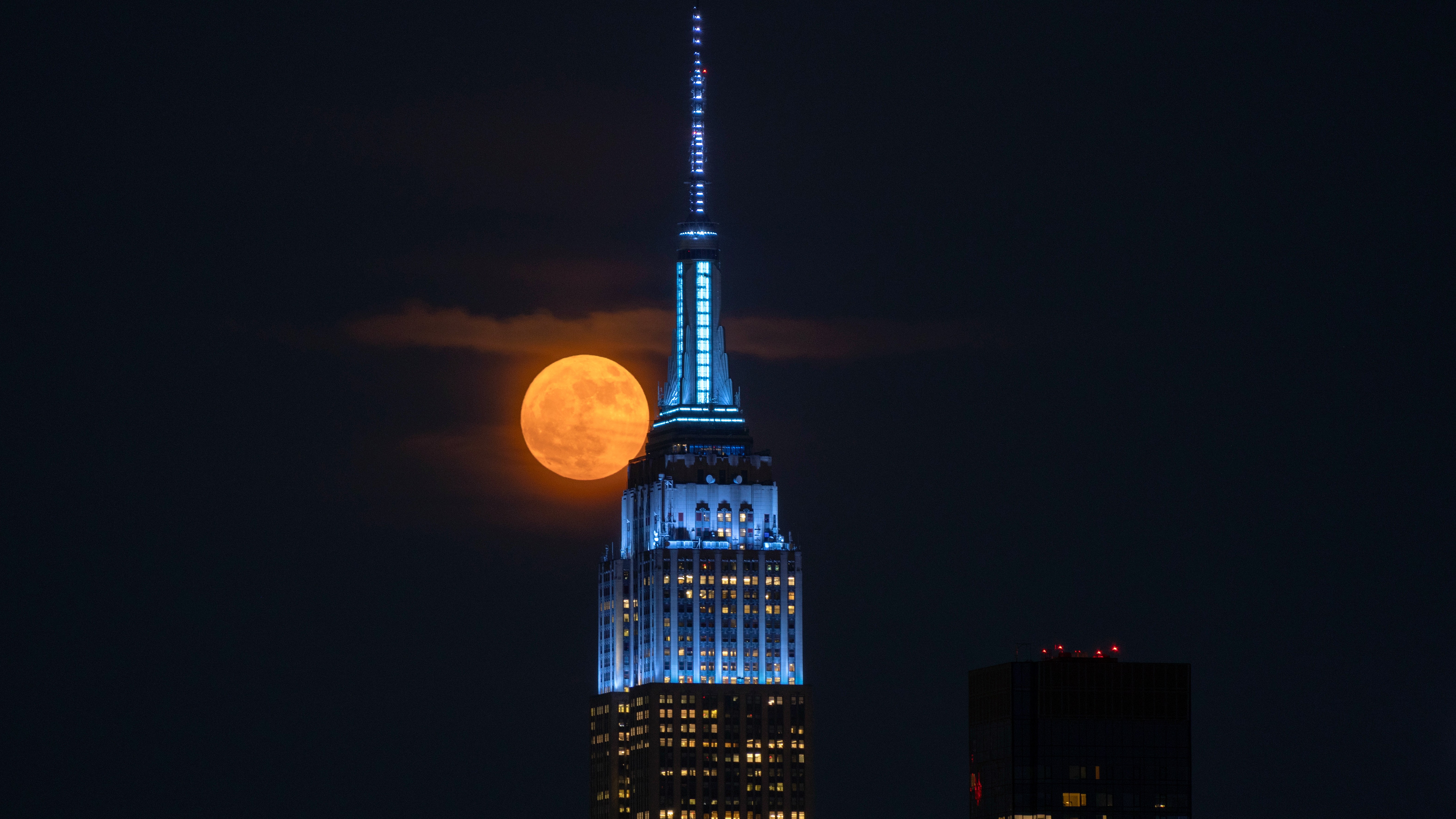
A "Strawberry Moon" rose over Earth last night, when a phenomenon known as a 'major lunar standstill' caused the full moon to hang lower in the sky than it had done in almost two decades.
June's full moon is called the Strawberry Moon because wild strawberries ripen this time of year in parts of the Northern Hemisphere. The full moon hangs lower in June than at any other time of the year. However, this year's Strawberry Moon was particularly low because of the major lunar standstill, or lunistice.
A major lunar standstill is when the tilts of the Earth and moon are at their maximums, causing the moon to periodically rise and set at extreme positions on the horizon due to the shifting tilt of its orbit. Last night, the major lunar standstill brought the moon to its most southerly position on the eastern horizon. The last time the moon was this low was in 2006.
The extra-low Strawberry Moon was visible from Tuesday night into Wednesday morning (June 10 to 11), with skywatchers worldwide lifting their cameras to mark the event. Live Science has rounded up some stunning snaps of the rare lunar event.
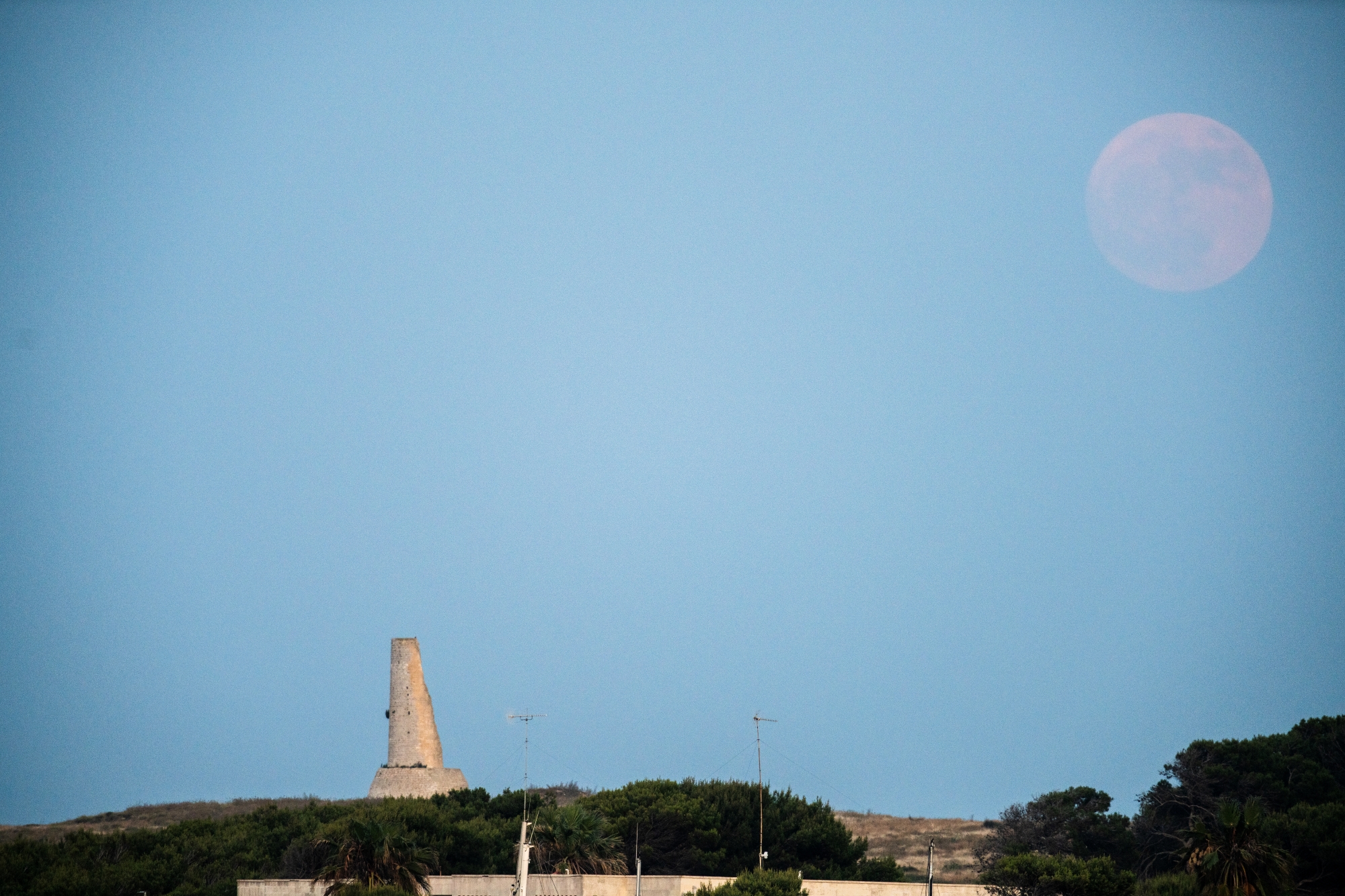
This image shows the full moon rising over the Torre del Serpe in Otranto, Italy. While the June full moon is named after strawberries, it doesn't necessarily appear as a different color, like it does during a "blood moon," when Earth's natural satellite takes on a blood-like hue. However, Strawberry Moons typically have a bit of color because they're so close to the horizon.
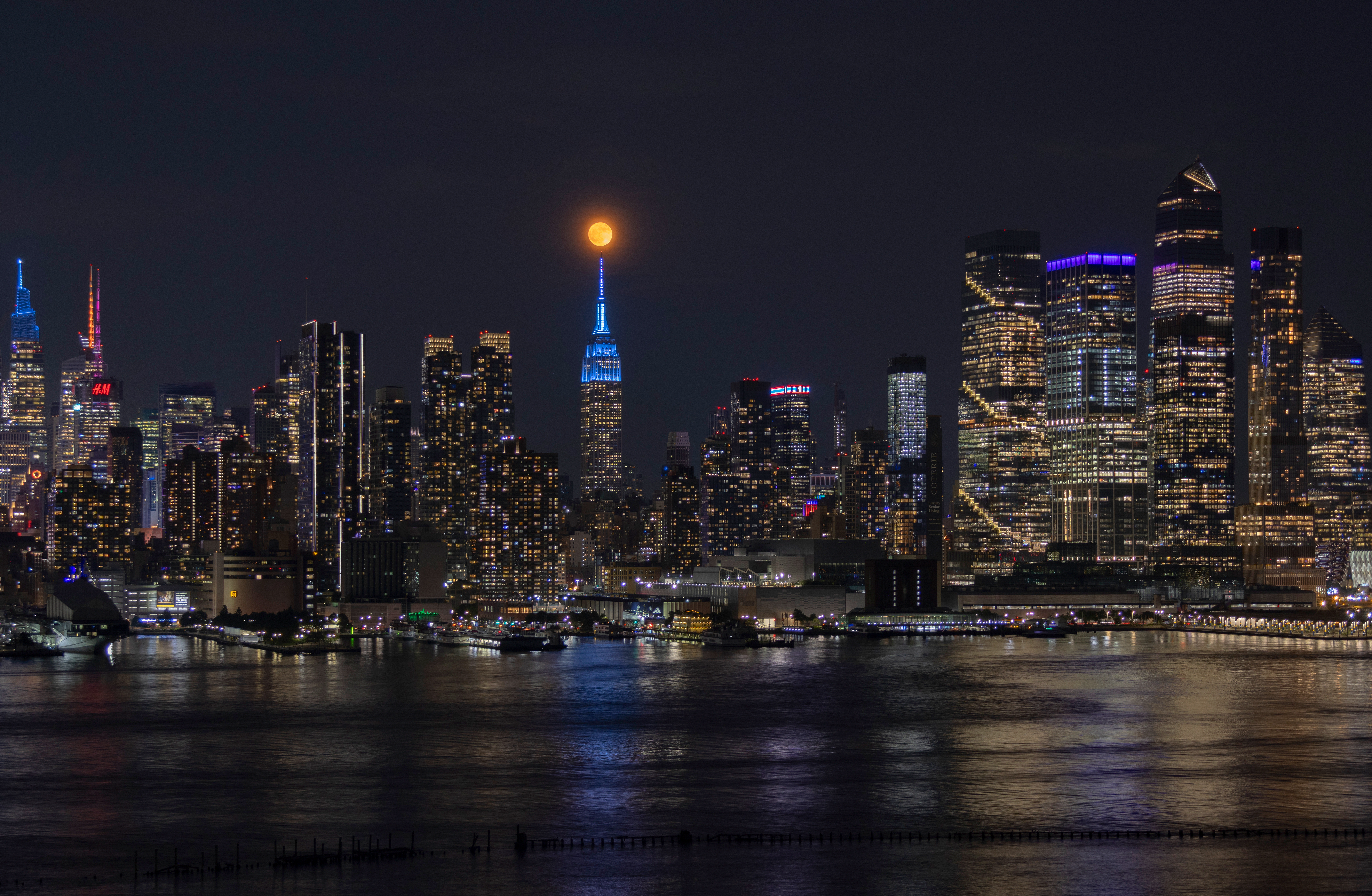
The Strawberry Moon often takes on a yellow-orange tint when it's low in the sky, as Earth's atmosphere scatters shorter, bluer light wavelengths, enabling redder ones to dominate. In New York, photographer Gary Hershorn captured the Strawberry Moon looking particularly orange as it passed by the tip of the Empire State Building.
Get the world’s most fascinating discoveries delivered straight to your inbox.
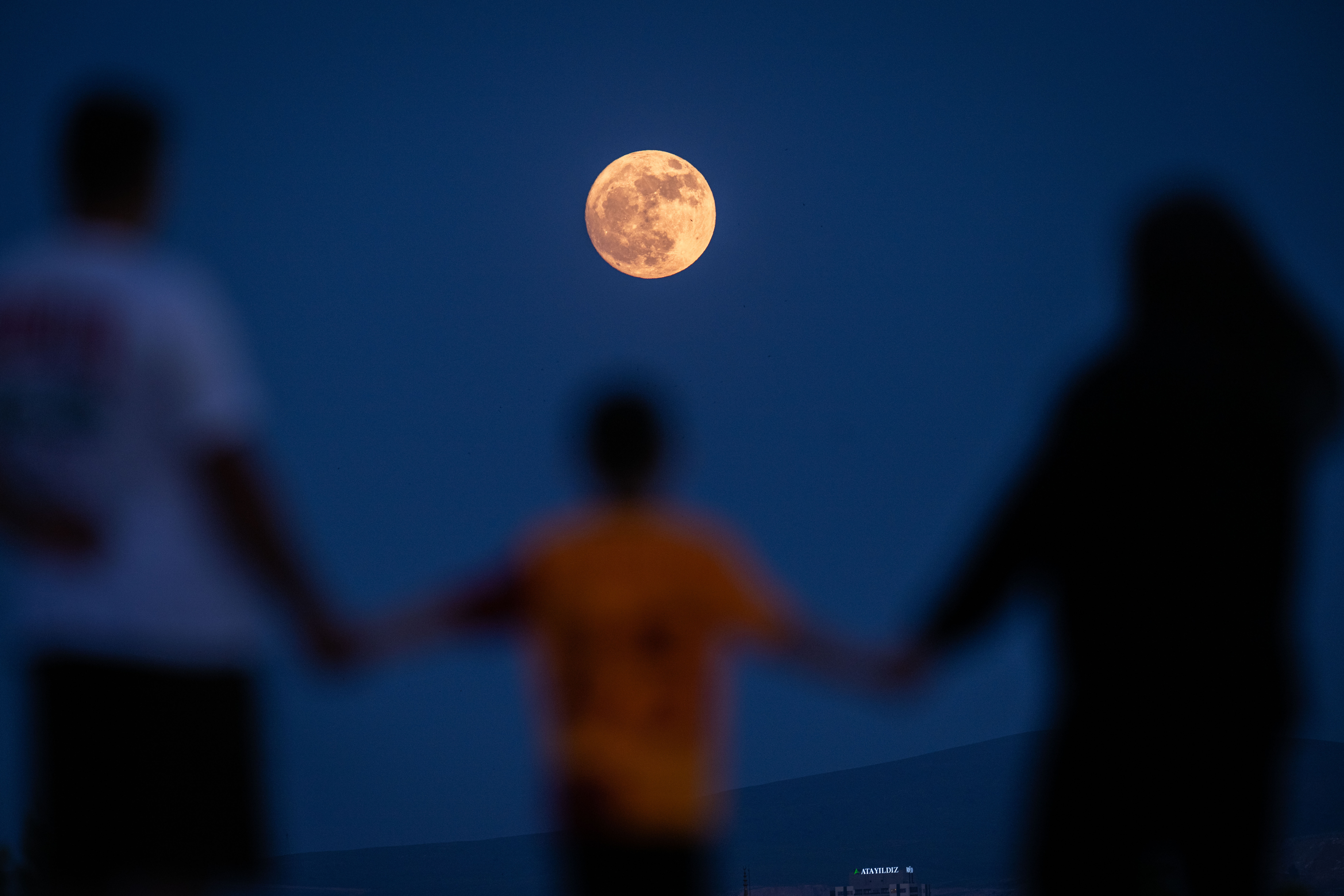
Skywatchers around the world looked up last night to see the Strawberry Moon. In Ankara, Turkey, a photographer snapped a photo of people holding hands as they observed the rare lunar event.
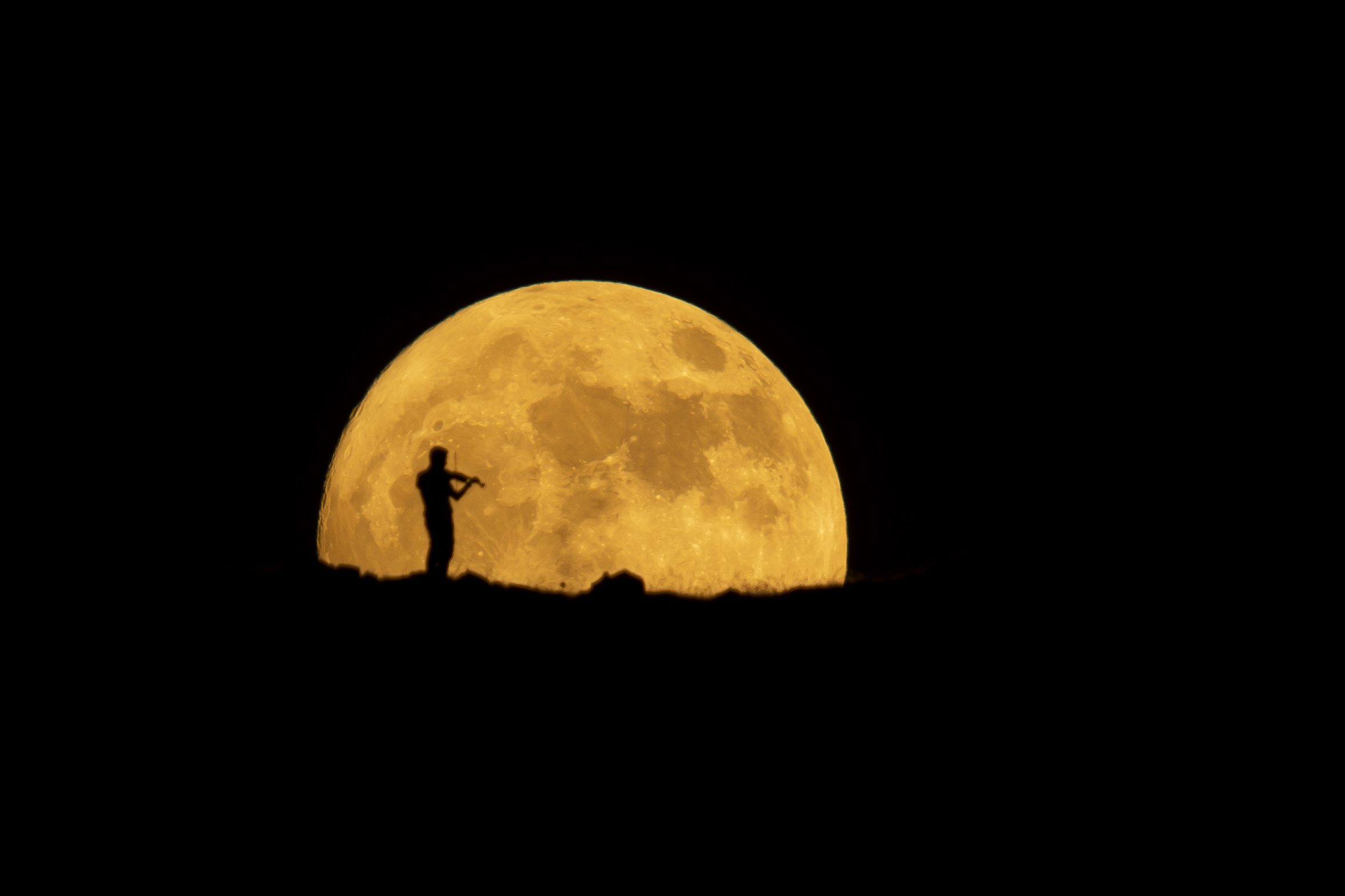
In Iraq, a photographer took a stunning image of a violinist playing as the full Strawberry Moon rose behind him on the horizon.
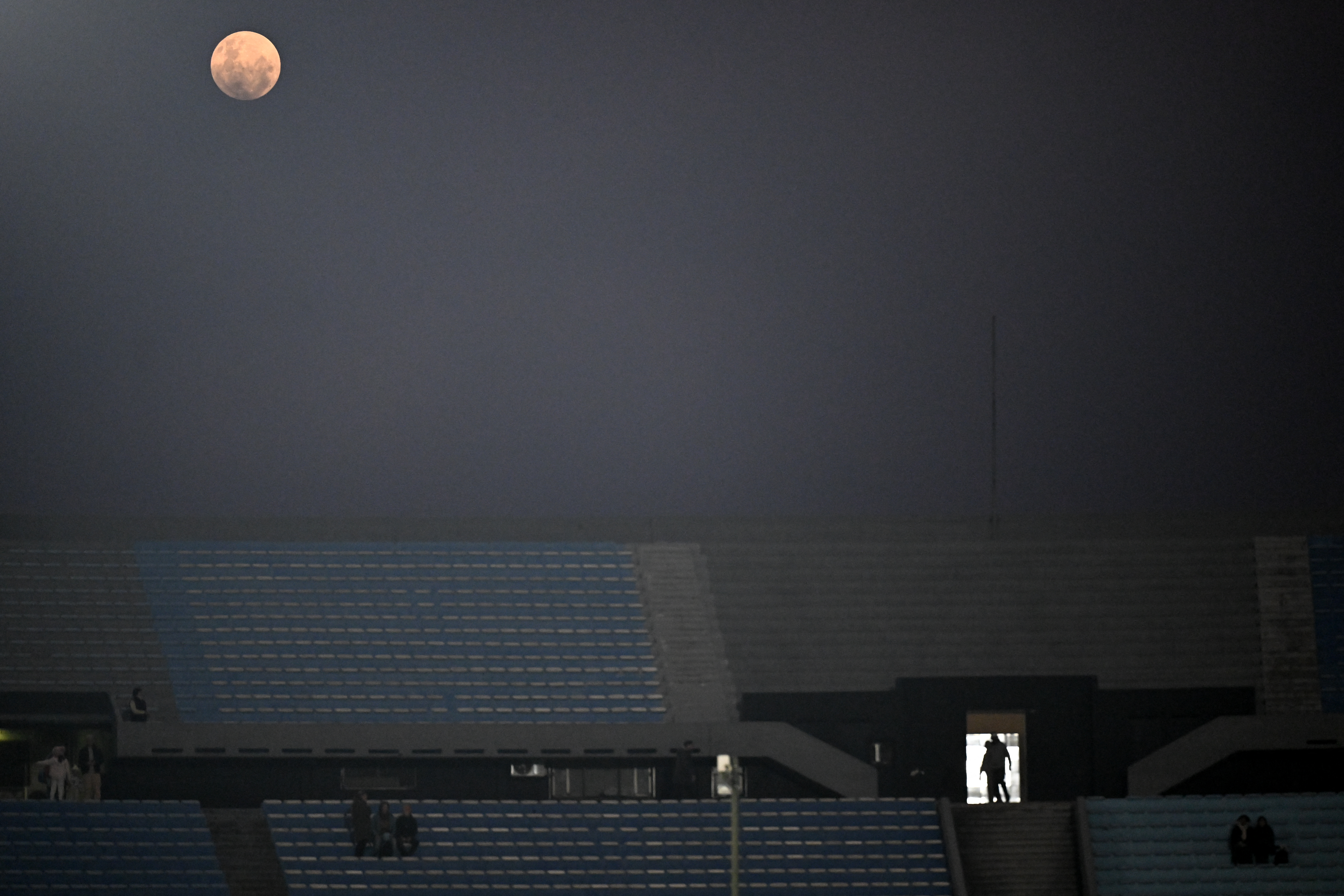
In Uruguay, a photographer captured the moon hanging over the Centenario Stadium in the country's capital city of Montevideo. The photo was taken before a soccer game between Uruguay and Venezuela.
Why is it called the Strawberry Moon?
The Strawberry Moon’s name came from the Algonquin tribes of the northeastern U.S.. Other Native American names for the moon include the Berries Ripen Moon, Green Corn Moon, Hot Moon and Blooming Moon.
This Strawberry Moon fell in the second year of the major lunar standstill, which happens every 18.6 years and lasts for two years each time. The last major lunar standstill was in 2006, and the next one will be in 2043.
Moon quiz: What do you know about our nearest celestial neighbor?

Patrick Pester is the trending news writer at Live Science. His work has appeared on other science websites, such as BBC Science Focus and Scientific American. Patrick retrained as a journalist after spending his early career working in zoos and wildlife conservation. He was awarded the Master's Excellence Scholarship to study at Cardiff University where he completed a master's degree in international journalism. He also has a second master's degree in biodiversity, evolution and conservation in action from Middlesex University London. When he isn't writing news, Patrick investigates the sale of human remains.
You must confirm your public display name before commenting
Please logout and then login again, you will then be prompted to enter your display name.


